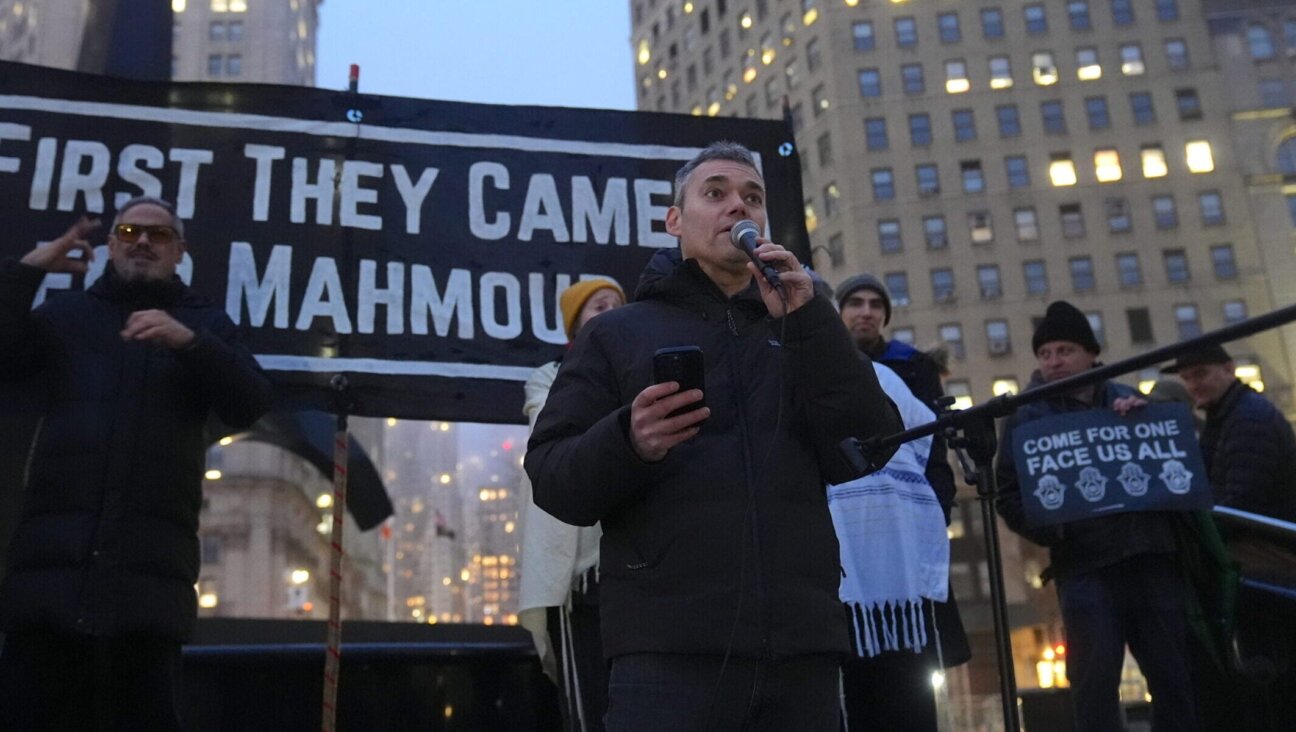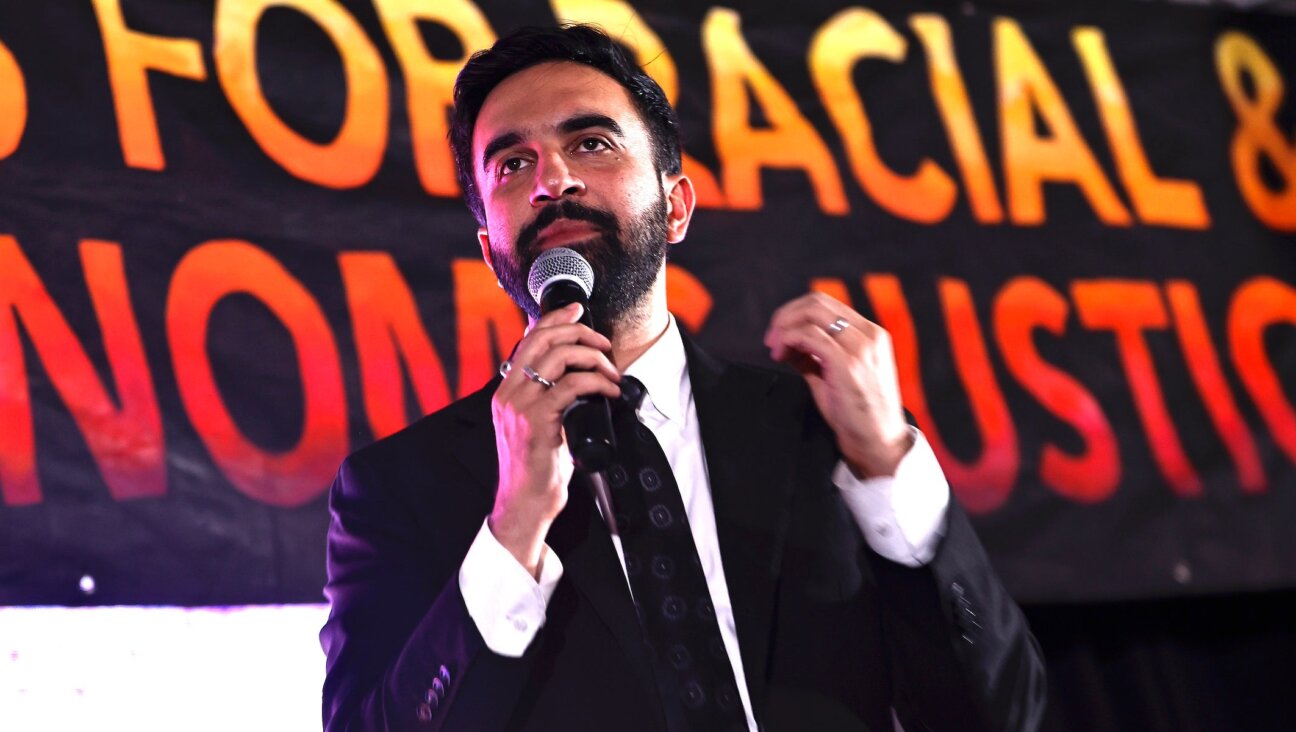Did a Rabbi Permit Self-Mutilation To Promote ‘Modesty’?
Ynet has a troubling story about a high-profile rabbi in Israel who gave advice to a young woman to cut her own legs in order to stay religious. The story, if it’s true, conflates male religious authority, extreme body cover and self-mutilation, and brings the discussions of the female body in Judaism to a whole new low. The problem is that this story may not be true, in which case instead of highlighting sexism in Orthodox Judaism, the story becomes an example of journalists’ sometimes overzealousness in their desire to attack religion by pretending to care about women. Especially given the recent history of media attitudes towards France’s burqa ban, the actions of certain journalists are no less troubling than those of religious leaders controlling the female body.
According to the article, written by a young Jerusalem journalist, Ari Galahar, for Yediot Ahranot’s Hebrew news site, Rabbi Yizhak Silberstein was asked to respond to a strange query from a young woman who was accepted to a religious academy despite her family’s non-religiousness. The young woman, struggling with the academy’s strict dress code of long skirts, long sleeves, and covered collarbones because her secular parents were supposedly pressuring her to dress in a more revealing way, asked Silberstein whether she could cut her legs, so that her parents would agree that she must wear a long skirt in order to cover the bruises. The rabbi reportedly responded, “She is permitted to cut herself in order to dress modestly, and thus to escape all sin.” He reportedly added that “the blood from the bruise will redeem all of Israel like the blood of the ritual sacrifices.”
Orthodox Judaism has issues with the female body, to put it mildly. In a culture defined by the degree to which women are kept silent and invisible, pressured to have as many babies and possible while maintaining the home and covering as much flesh as possible, this story could very well be true.
A community that promotes gender segregation in public and private to such an extreme that women who sit on the wrong side of the bus have been victims of violence is probably not immune to rabbinic recommendations that women inflict self-harm as well.
But when I went to verify this story and get commentary on it, some funny things happened. I spoke to two different Orthodox rabbis who are known for working professionally with Orthodox girls who suffer from body-issue problems, eating disorders and the like. I expected to get from them explanations of why this kind of ruling is so damaging to girls’ self-concept, some insights about why an Orthodox girl might be thinking about self-injury — maybe some statistics about how prevalent this is in the community. Both rabbis, unbeknownst to one another, replied that they did not believe that this story is true. Both said that they know Rabbi Silberstein well, and that there is no way that he would make such a statement.
So I did what any good reporter would do. I went to try and verify the source. I tried several avenues to reach the rabbi or people who know him but was unable to gain access. Since Galahar is the only one who had this story, I went to him for some details. I asked him about the academy and the girl but he said he could not share any details. I respect the journalistic ethics, but I needed something, even basic information about how he knows this to be true. All he kept saying was, “Sorry, I can’t help you.”
His article, tellingly, does not contain any response from Rabbi Silberstein, anyone close to him, or anyone in the academy.
If the story is true — and it admittedly sounds like the kind of story you can’t make up — then this is a shame. I would have liked to use this column as an opportunity to talk about body image among Orthodox women and girls, about how the issue of self-mutilation needs to be addressed and about how far Orthodox culture is from understanding the impact of body control on girls’ inner lives. But instead, this story has made me wonder about the knee-jerk hatred of religion in the media.
So often, journalists jump on stories about religious mistreatment of women without necessarily caring about the women themselves. This is particularly jarring given the brouhaha over France’s burqa ban a few months ago, a ban that turned religious women into public spectacles and even criminals instead of punishing the male leaders who oppress them.
One can’t help but wonder how many writers actually know what women go through, and how many care.

















